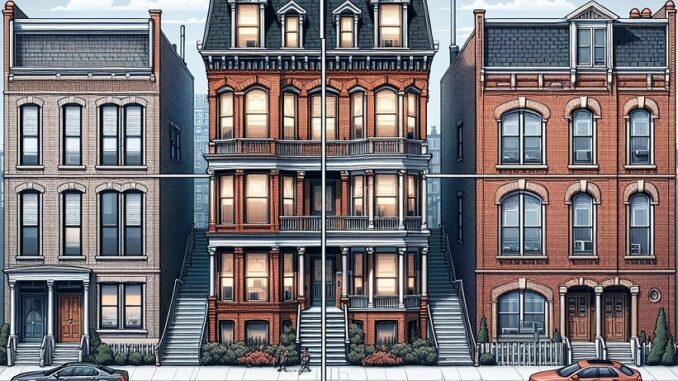
As urban and suburban housing markets evolve, many homebuyers are considering options that offer both affordability and a sense of private ownership without the maintenance burden of a detached home. Two popular property types that fit this description are townhouse vs duplex. While both offer unique advantages depending on personal preferences, budget, and lifestyle goals, they are often confused due to their similarities in structure and shared features.
In this comprehensive guide, we explore what is a townhouse vs duplex by breaking down the key differences between these two housing types. Whether you’re a first-time homebuyer, an investor, or someone exploring new living arrangements, this article will clarify the features, ownership structures, privacy levels, and community aspects of each, helping you make an informed decision.
What is a Townhouse?
A townhouse is a type of residential unit typically found in urban or suburban areas. It is usually part of a row or block of similar homes, all of which are attached to each other. These homes are designed with a vertical layout, meaning they are often multi-story, with each floor dedicated to different functions such as living, dining, and sleeping areas. While townhouses share one or two walls with neighboring homes, each unit typically has its own private entrance, adding a layer of independence that apartments or condos do not offer.
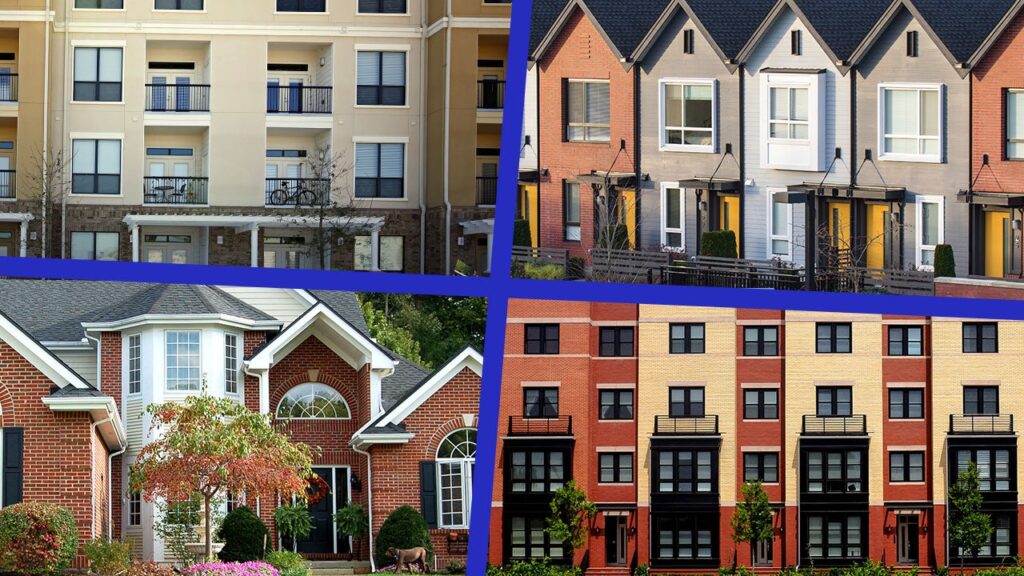
Key Characteristics of a Townhouse
- Vertical Layout: The typical townhouse features a narrow but deep design, making use of vertical space rather than horizontal. Often, the ground floor serves as a living room or kitchen area, while the upper floors are reserved for bedrooms, bathrooms, and additional living spaces. Some townhouses may even include a basement or attic for storage, further optimizing space usage.
- Shared Walls: In townhouse communities, each home shares one or two walls with its immediate neighbors. While this design allows for efficient use of land, it can mean less privacy compared to a detached home. Many townhouse developments mitigate this by using soundproofing materials or separating walls to reduce noise between units.
- Private Outdoor Space: Despite being attached to other homes, townhouses often feature some form of private outdoor space. This may include a small front or back yard, a patio, or even a balcony. Though the outdoor space may be smaller compared to standalone homes, it allows homeowners to enjoy outdoor living without needing to leave the premises.
- Ownership Model: Townhouses are typically individually owned, with each owner having full control over their unit. In some developments, common areas such as parking lots, driveways, or community parks are shared by all homeowners. The upkeep and management of these shared spaces are often handled by a homeowners association (HOA), which also enforces community rules and regulations.
What’s the Difference Between a Duplex and a Townhouse?
The fundamental distinction between a duplex vs townhouse is in the building structure and layout. While townhouses are typically part of a row or block of similar homes, duplexes are single buildings divided into two separate living units. These units can either be side-by-side (horizontal duplex) or stacked one above the other (vertical duplex). The presence of two units in a duplex provides an entirely different living experience compared to a townhouse, which is usually one unit in a larger complex.

What is a Duplex?
A duplex refers to a single residential building divided into two separate living units. These units are usually independent of each other, each with its own entrance, private living areas, and sometimes even private outdoor space. Duplexes can be designed in different configurations: in side-by-side (horizontally) units or stacked one on top of the other (vertically). The building itself is typically shared by the two units, with the common components like the roof, foundation, and possibly some walls being joint ownership.
Duplexes offer a great balance between the privacy of a single-family home and the efficiency of multi-unit living. Whether you’re looking to rent out one unit or live in one and rent the other, duplexes offer more flexibility than townhouses.
Key Characteristics of a Duplex
- Two Separate Units: The defining feature of a duplex is that it consists of two living units. These units can be configured side by side or stacked on top of each other, but each unit remains independent with its own private living space. While these units may share a foundation and roof, each is self-contained with its own utilities, kitchen, and bathroom areas.
- Shared Foundation, Walls, and Roof: The shared structural elements of a duplex allow for a more efficient use of space and resources, leading to lower construction costs compared to single-family homes. However, this shared structure also means that any maintenance or repairs may impact both units, making it important for neighbors to cooperate on property upkeep.
- Private Entrances: Each unit in a duplex has its own private entrance. In side-by-side duplexes, the entrances are typically located on opposite sides of the building, offering separate access for each unit. In stacked duplexes, each unit has its own entrance, which could be located either at ground level or via a private stairway leading to the upper unit.
- Ownership Structure: Duplexes can be owned by one individual who rents out one of the units for additional income, or by two separate owners who own each unit individually. The ownership structure impacts how responsibilities for maintenance and repairs are divided. In cases where both units are owned by the same person, the duplex can be a great opportunity for investment, offering the potential for rental income.
What Sets a Townhouse Apart From a Duplex?
The most noticeable distinction between a townhouse vs duplex is the number of units and their specific layout. Townhouses are typically part of a row of similar homes, often in a community-style setting with shared spaces like driveways or parks. In contrast, a duplex consists of two distinct living units within one building, offering more separation between neighbors. This difference affects everything from the living experience to the ownership structure, with duplexes generally offering more privacy and autonomy than townhouses, which often involve shared community spaces.
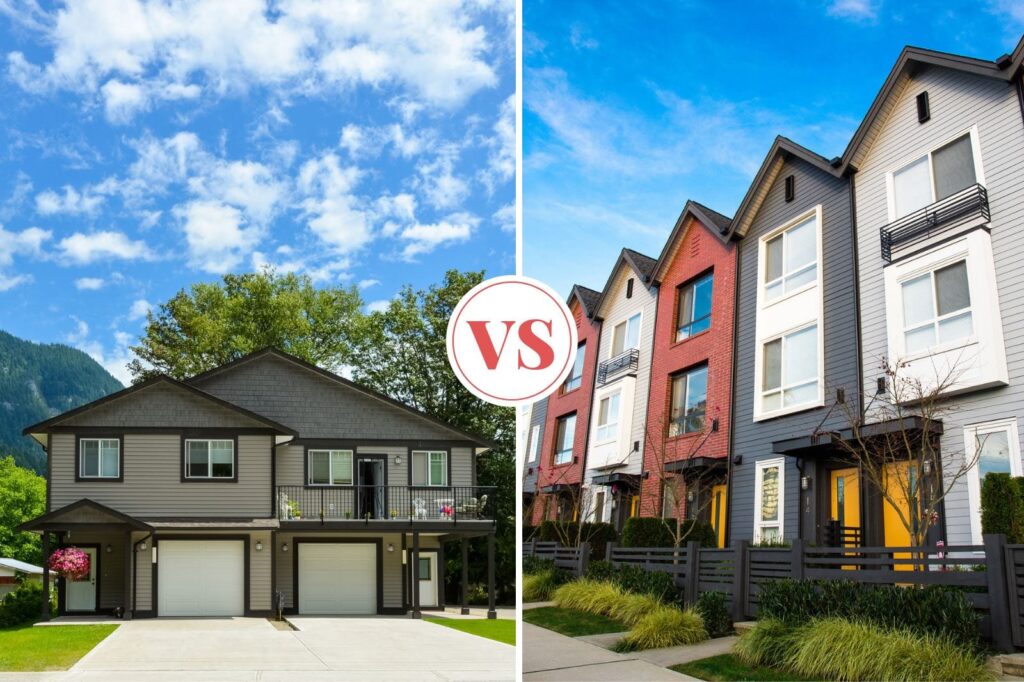
Key Differences Between a Townhouse and a Duplex
When deciding between a townhouse vs duplex, it’s important to evaluate the various factors that distinguish these two property types. Let’s break down these differences in more detail:
Layout and Design
- Townhouses: Townhouses tend to have a narrow but deep design, which allows for multiple stories while keeping the building footprint small. This vertical layout is ideal for smaller plots of land, particularly in urban environments. The separation of floors also helps in providing privacy for each level of the home, ensuring that the sleeping areas are distanced from the more active living and dining areas.
- Duplexes: Duplexes often provide more horizontal space and can feel more expansive, particularly when the two units are located side-by-side. This design can make duplexes feel more like traditional homes compared to townhouses. In a stacked duplex, the layout is more similar to that of an apartment, but with the added advantage of a separate entrance and more privacy.
Ownership Structure
- Townhouses: The ownership structure of a townhouse usually includes owning the individual unit itself as well as a share of any common areas in the development. For example, an HOA may manage shared spaces like roads, walkways, or parks. This means that townhouse owners are subject to the rules of the HOA, including restrictions on the exterior appearance of the home, the types of modifications allowed, and the maintenance of shared areas.
- Duplexes: Duplexes offer more flexibility in ownership, as they can be owned by one person who rents out the other unit or by two different owners who each own a separate unit. The single-owner model allows for additional income through renting, while the dual-owner model functions similarly to an apartment building, where each resident is responsible for their own unit’s maintenance.
Privacy
- Townhouses: While townhouses are often attached to neighboring units, many offer private outdoor space, such as small backyards, patios, or balconies. However, because the units share walls, residents may experience some noise from neighbors, and the proximity of homes can feel less private than a standalone home.
- Duplexes: Duplexes generally provide more privacy, especially in side-by-side designs, as each unit has its own entrance and fewer shared walls. In stacked duplexes, residents still benefit from private access, though the level of noise from neighbors above or below can be a factor. Overall, duplexes offer a greater sense of independence and isolation compared to townhouses.
Community and Lifestyle
- Townhouses: Living in a townhouse often means being part of a larger community with shared amenities like swimming pools, parks, or fitness centers. These developments foster a more communal atmosphere, with regular interactions between neighbors. For those who enjoy a sense of community and shared responsibility for upkeep, townhouse living can be very appealing.
- Duplexes: Duplexes are often located in quieter, more independent neighborhoods. While they may lack the communal amenities offered by townhouse developments, duplexes provide a more private and self-sufficient living arrangement. For those who prioritize solitude and less interaction with neighbors, duplex living may be the preferred option.
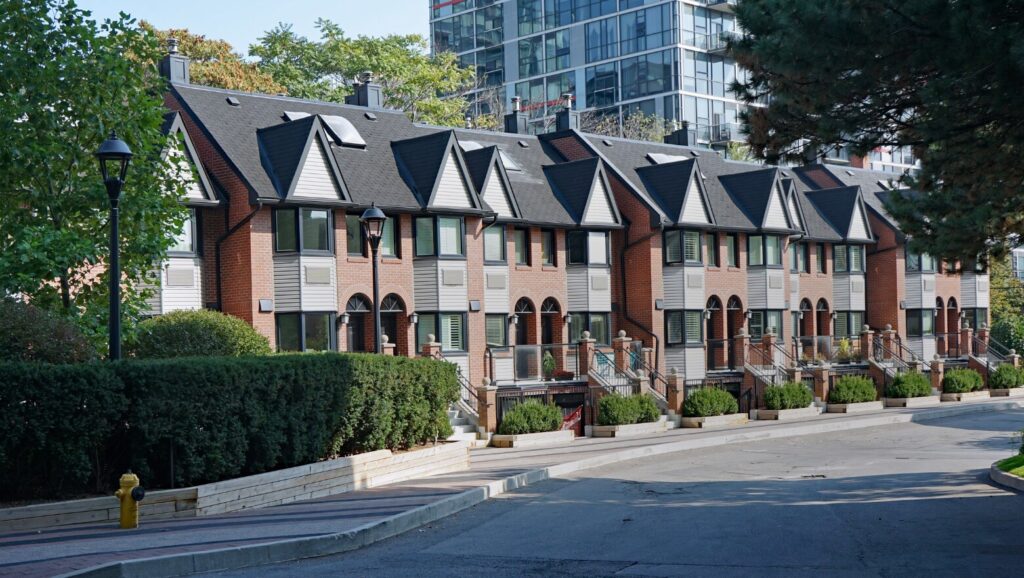
Pros and Cons of Townhouses
Pros
- Lower Maintenance: In many townhouse developments, an HOA handles maintenance for shared spaces, such as landscaping, exterior repairs, and cleaning of communal areas. This can significantly reduce the amount of work that townhouse owners need to do themselves.
- Space Efficiency: Townhouses are designed to make efficient use of available land. Their multi-story layouts allow for larger living areas within a smaller plot, making them ideal for families or individuals who need more space but cannot afford a detached home.
- Access to Amenities: Many townhouse communities come with shared amenities like swimming pools, fitness centers, and parks. This offers convenience and recreational opportunities without the need for homeowners to manage them individually.
Cons
- Less Privacy: The primary downside of townhouse living is the reduced level of privacy. With shared walls and close proximity to neighbors, there may be more noise and less solitude than in a detached home.
- HOA Fees and Rules: Many townhouse developments come with HOA fees, which can add to the overall cost of ownership. In addition, the HOA often enforces strict rules regarding modifications, maintenance, and the appearance of the property, limiting the homeowner’s ability to personalize their home.
Pros and Cons of Duplexes
Pros
- Independence: Duplexes offer more privacy and independence compared to townhouses. With separate entrances and fewer shared walls, duplex residents generally enjoy more peace and quiet.
- Rental Income: One of the major benefits of owning a duplex is the ability to rent out one unit for extra income. This makes duplexes an attractive option for investors or homeowners looking to offset their mortgage payments.
- Lower Initial Cost: Duplexes are often more affordable than single-family homes, making them an appealing option for those looking to enter the real estate market without spending a significant amount.
Cons
- Shared Structure: The shared foundation, roof, and walls mean that maintenance can be a bit more complicated, especially if there are disagreements between owners regarding repairs and upgrades.
- Potential Noise: Depending on the design, duplexes can have noise issues, especially in side-by-side configurations. Soundproofing may be necessary to ensure quiet living, particularly for stacked duplexes where noise from above or below could be a problem.
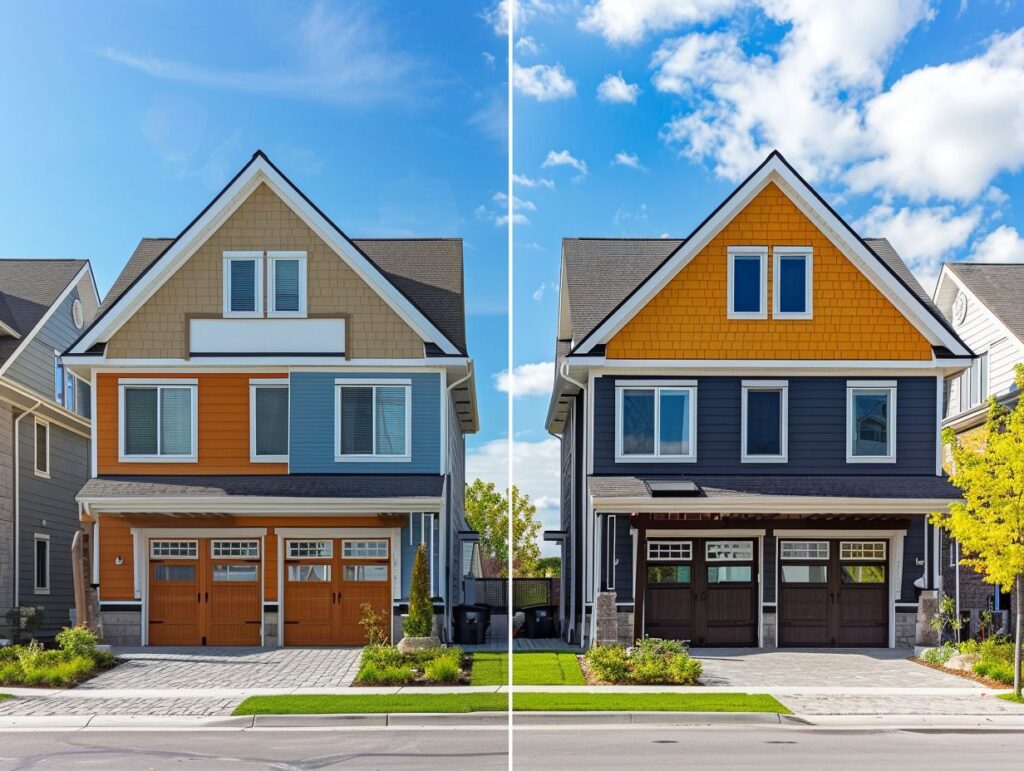
Factors to Consider When Choosing Between a Townhouse and Duplex
When deciding between a townhouse vs duplex, several factors should influence your decision. These include budget, lifestyle preferences, privacy needs, and long-term goals.
Budget
Consider the upfront cost of purchasing either a townhouse or duplex, as well as the ongoing maintenance costs. Townhouses often come with HOA fees, which can add up over time. Duplexes, on the other hand, may have higher maintenance costs if you are responsible for both units.
Lifestyle Preferences
Do you prefer a more community-oriented living environment with shared amenities, or do you value privacy and independence more? Townhouses often foster a more social atmosphere, while duplexes offer a more private experience.
Privacy Needs
Consider how much privacy you need. Duplexes generally provide more privacy than townhouses, particularly in side-by-side designs, as there are fewer shared walls and each unit has its own entrance.
Investment Potential
Both townhouses and duplexes offer good long-term value, but duplexes present additional investment opportunities, such as the ability to generate rental income from one of the units. If you are planning to invest in real estate, this is an important factor to consider.
Conclusion
When considering what is a townhouse vs duplex, it’s crucial to weigh the unique advantages and challenges of each property type. Townhouses offer an excellent balance of community living and private space, while duplexes provide greater independence, more privacy, and the potential for rental income. Ultimately, the choice between a townhouse and a duplex depends on your lifestyle, budget, and long-term goals.